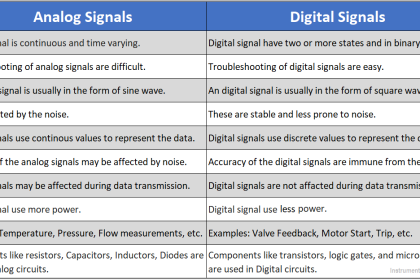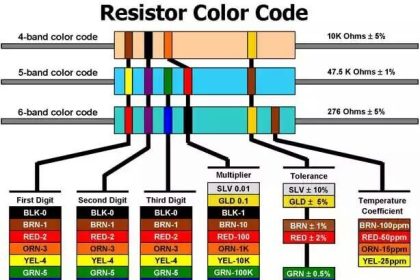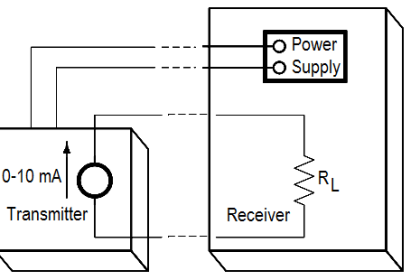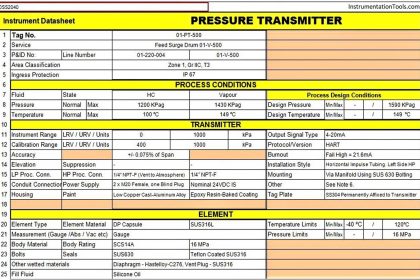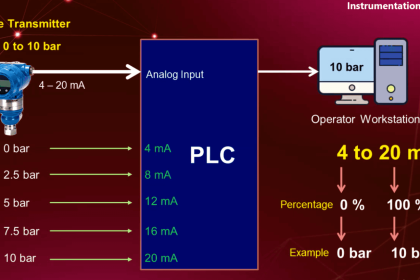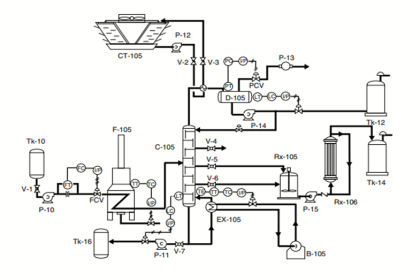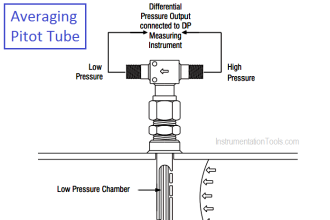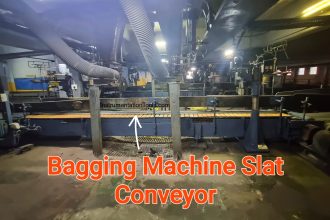The SMART transmitter stands for Single Modular Auto-ranging Remote Transducer.
It is an intelligent transmitter that has an analog output and simultaneously provides digital communication signal based on HART protocol or FOUNDATION FIELDBUS or PROFIBUS.
In general, the simplified smart transmitter diagram shown in the below figure. It consists of a sensor or input circuitry, the microprocessor, memory, and a communication block.
The word multi-variable transmitter is also used sometimes particularly for a device like a smart flow measuring instrument.
This measures absolute pressure, differential pressure, and process temperature. Computes mass flow rate and volumetric flow rate of the process fluid.
SMART Transmitter
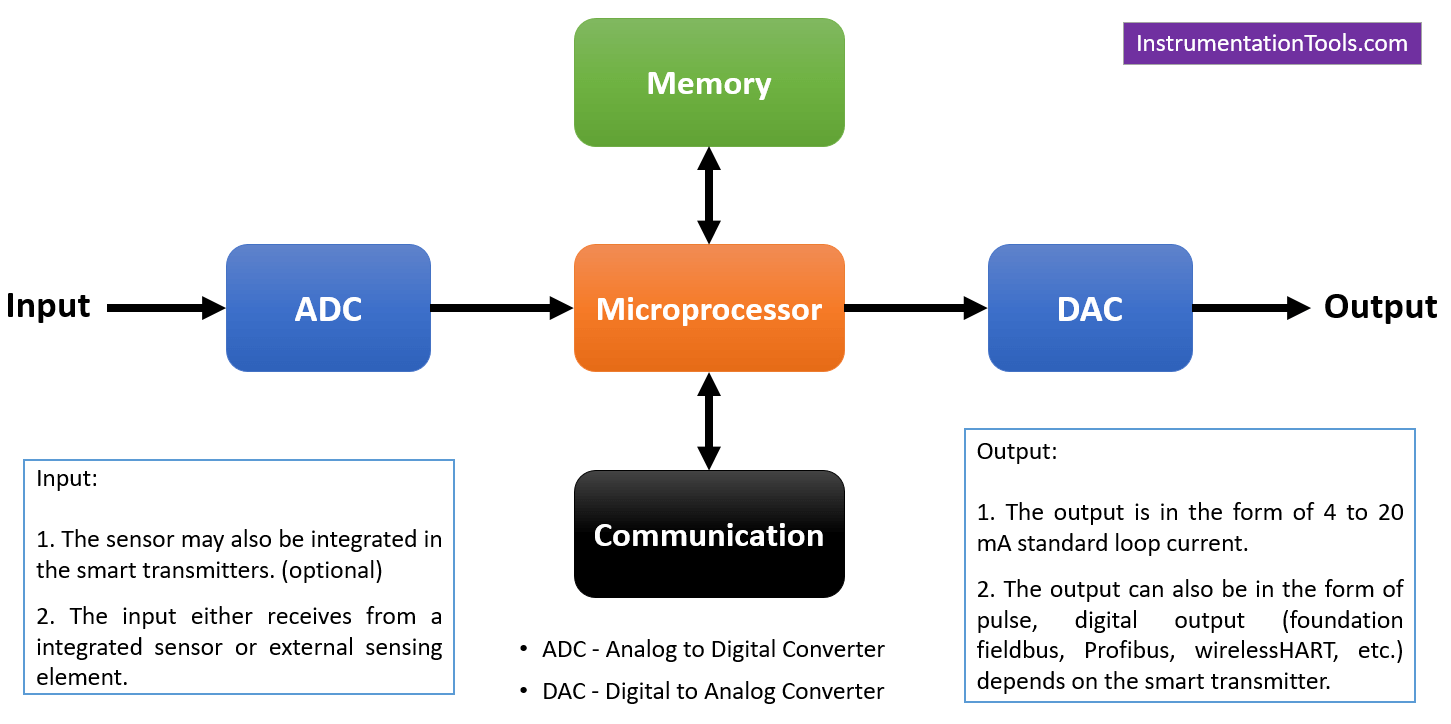
The output from the smart transmitter no longer just the primary process variable, but also includes secondary process variables, sensor health, sensor performance characteristics, calibration information, and real-time diagnostics. (These data can be accessed through HART protocol or via fieldbus communication)
All this information is used to improve the process, optimize the performance of the instrument while extending its life, and maximize the productivity of the personnel.
With the advent of the internet, high data speed, and with these smart field instruments and systems are further transformed and become part of IoT (Internet of Things).
Advantages of SMART Transmitters
Here below are a few points describe Smart Transmitters:
- Smart transmitters consist of microprocessors and have bi-directional communication.
- Smart transmitters include secondary sensors, that can measure and compensate for environmental disturbance.
- Signal conditioning will be done and also analog to digital conversion.
- Smart Transmitters consists of multiple sensors and covering various measurement ranges and allow automatic selection of the required range.
- Smart transmitters have a self-calibration capability that allows the removal of zero drift and sensitivity drift errors.
- Smart transmitters will have a self-diagnostic capability and one can plan for maintenance requirements.
- It can adjust for non-linearities and give linear output.
- Smart transmitters provide improved accuracy and reliability.
- Long term stability can be improved, re-calibration frequency can be reduced.
- Reduced maintenance costs.
- Allows interoperability and becomes possible for selecting vendors of choice.
- Allows remote re-calibration and re-ranging.
- Reduction in managing a number of spare transmitters, since one transmitter can be configured to cover any range and makes it possible to replace the transmitters.
- Some transmitters like temperature measurement have the facility to connect redundant sensors, which is not possible with ordinary transmitters. In the event of failure of one sensor, the other sensor helps to find the temperature which improves the plant reliability.
- Configuration data that was stored under the same Tag can be transferred from handheld communicators or from DCS systems.
- The majority of smart transmitters are loop powered (two-wire).
Disadvantages of SMART Transmitters
- As a part of preventive maintenance, calibration or validation can not be avoided, though the transmitters are SMART.
Read Next:
